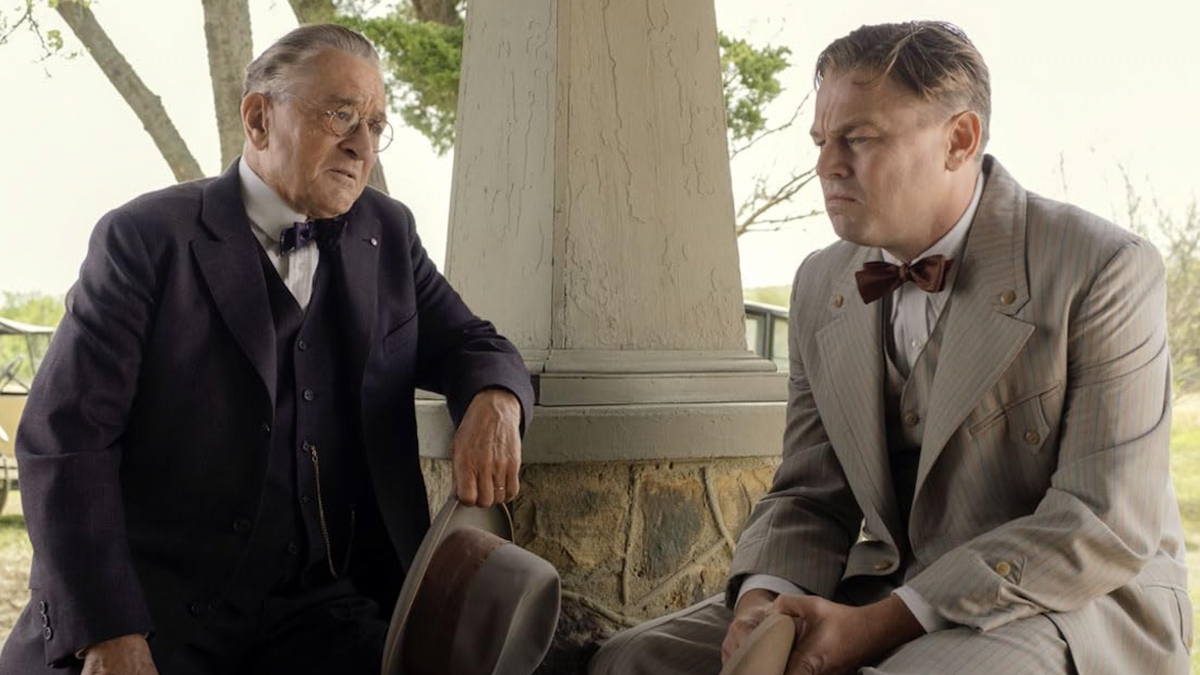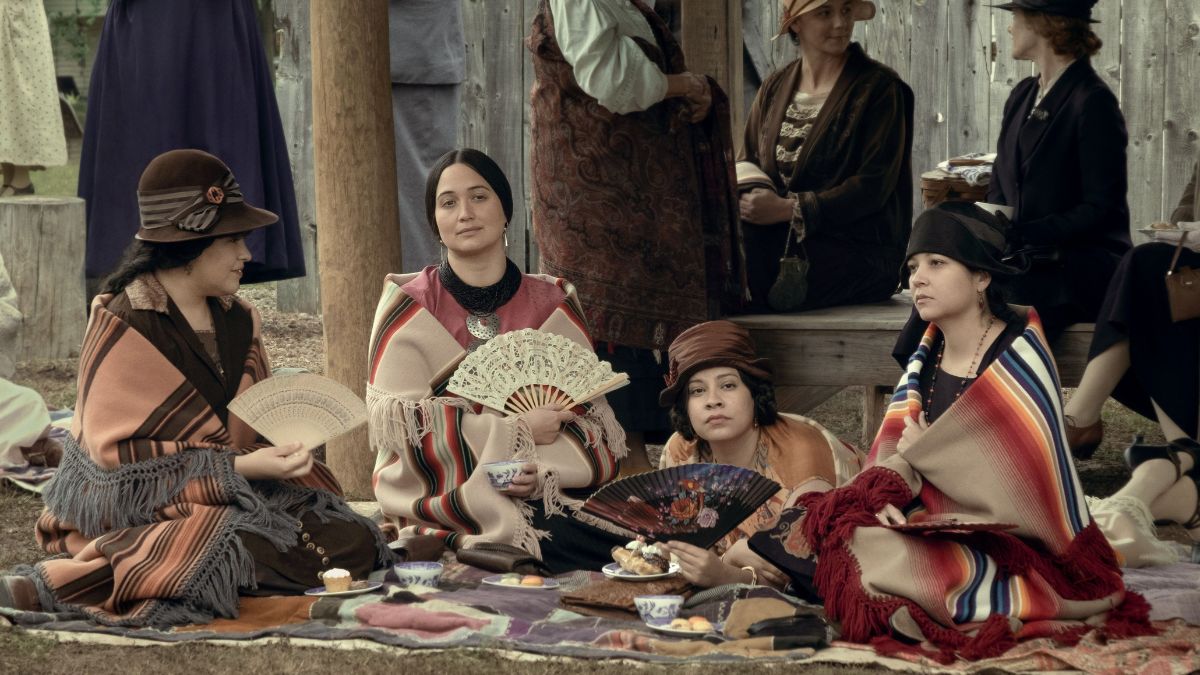It’s been almost a week since Martin Scorsese’s Killers of the Flower Moon premiered in theaters. Given the contentious atmosphere surrounding who is arguably the best director today, many anticipated the film to be a disappointment. Fortunately, they were proven wrong.
Considering the substantial investment in this ingenious film, it was reasonable to assume that the returns would surpass the money that was put into it, but it has yet to prove its mettle financially. Quality-wise, however, it has proven its worth exponentially. In the meantime, all that remains is for us to delve into this brilliant story, including its filming locations and the settings that played a crucial role.
Killers of the Flower Moon filming locations

Unlike most modern releases, Killers of the Flower Moon was entirely filmed on location. In fact, the entire movie was shot in Oklahoma, on the very land where the Osage Nation massacre occurred in the 1920s. The production company made a specific request to shoot the movie in the towns of Pawhuska, Fairfax, and Bartlesville, per Scorsese’s preference.
“To be able to tell this story on the land where these events took place is incredibly important and critical to allowing us to portray an accurate depiction of the time and people.”
This meant that the team’s commitment to shooting the entire film on Osage land was fully realized. With its $200 million budget, Killers of the Flower Moon is believed to be the largest movie production ever filmed in the state, according to The Oklahoman. This investment is evident in the extensive scenery changes made to accurately depict the 1920s landscape.
Some of the changes included the construction of facades along Kihekah Avenue in Pawhuska to replicate downtown Fairfax from that era, and in front of a church in Fairfax to create the appearance of an early 20th-century Catholic church. Kelly Bland, executive director of Osage County Tourism, also shared that he hoped the film would bring tourism to the area, benefitting the thousands of Osage Nation citizens that still reside in the area.
In Osage County, we believe in happy endings, and I know that this story is not one of the sort of happy-ending stories. But from a tourism standpoint, I feel like if anyone benefits from this movie, I want it to be the Osage Nation, because it was them who’ve suffered.
Ultimately, the production team thrived for sensitivity and authenticity, but most of all, the depiction of a time that oughtn’t be forgotten.

